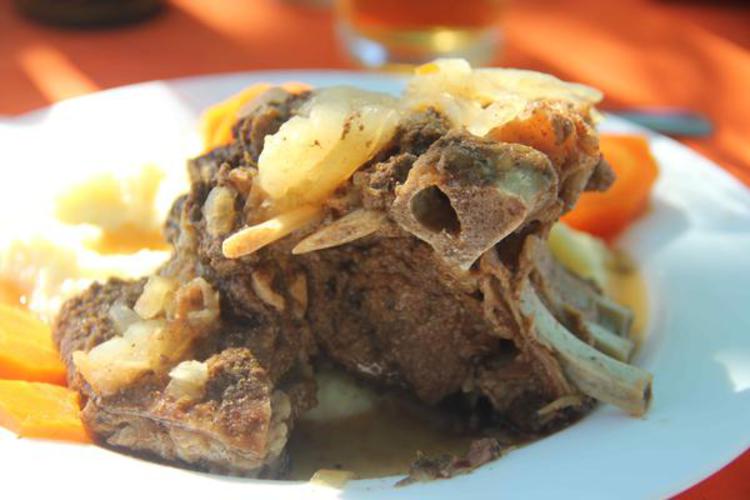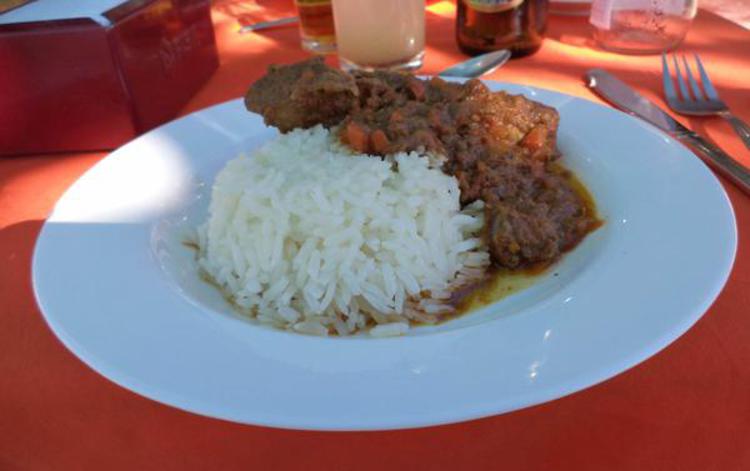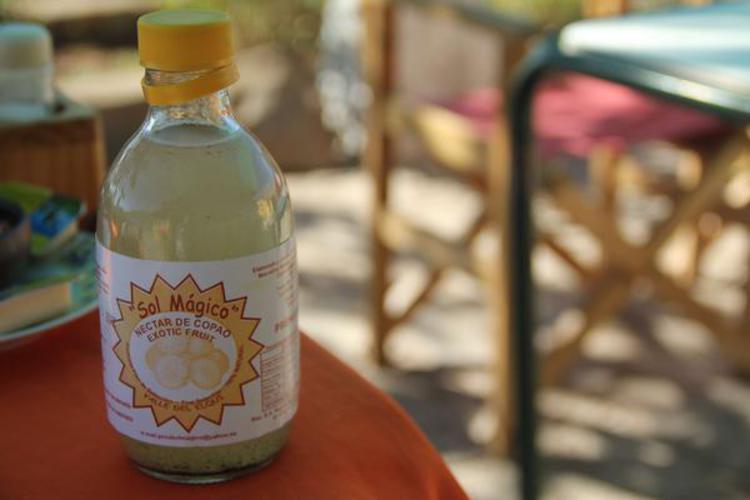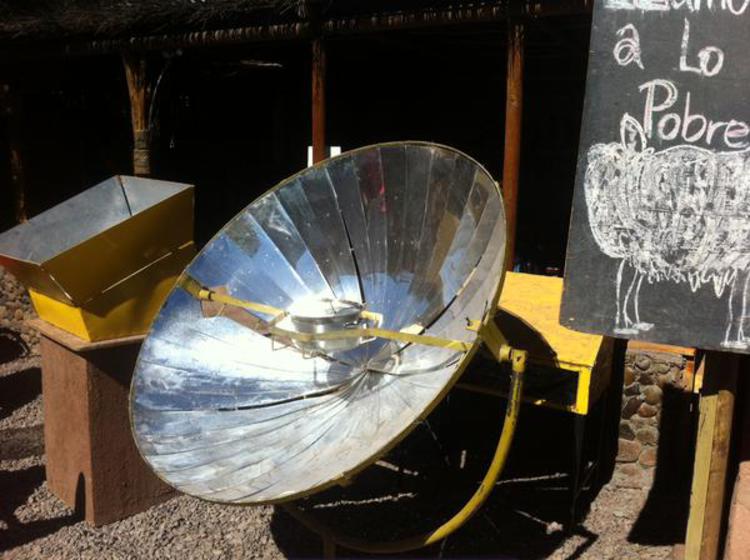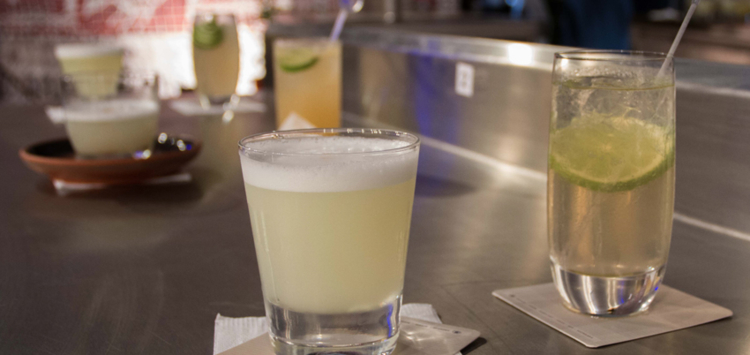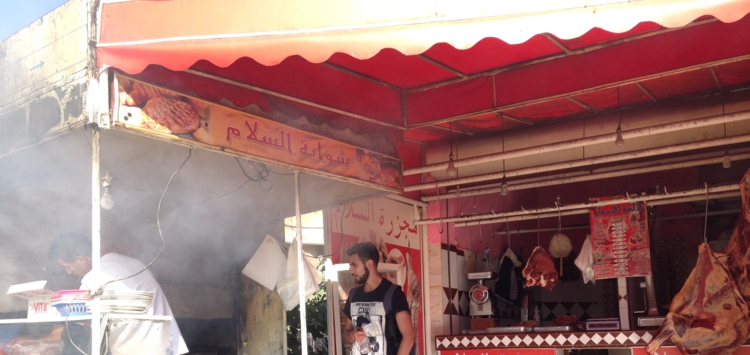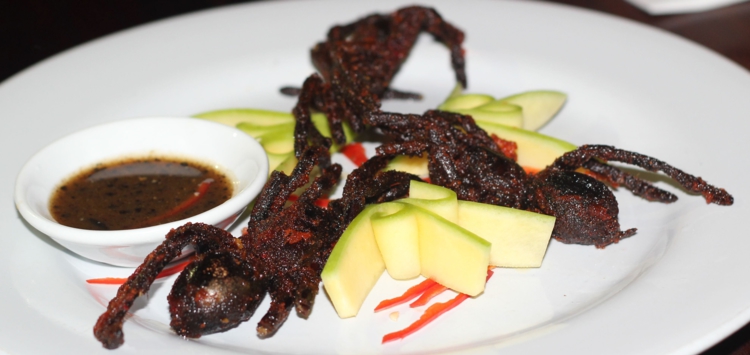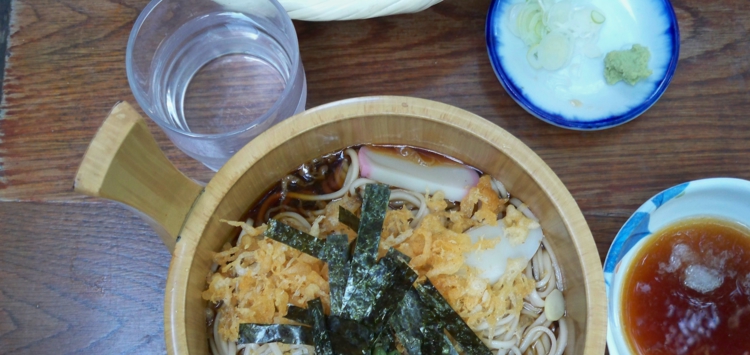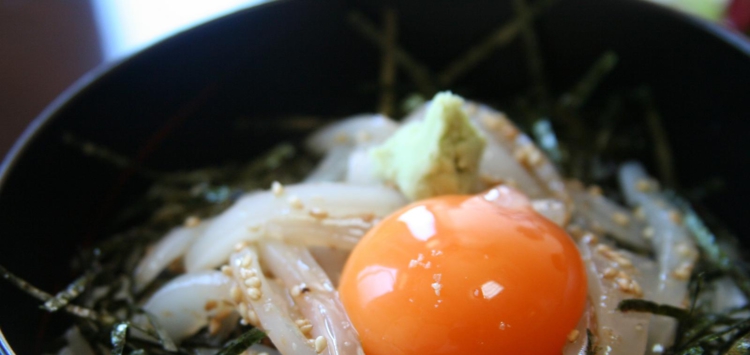Forget gas, cook solar!
Published: 20/08/2015 12:00
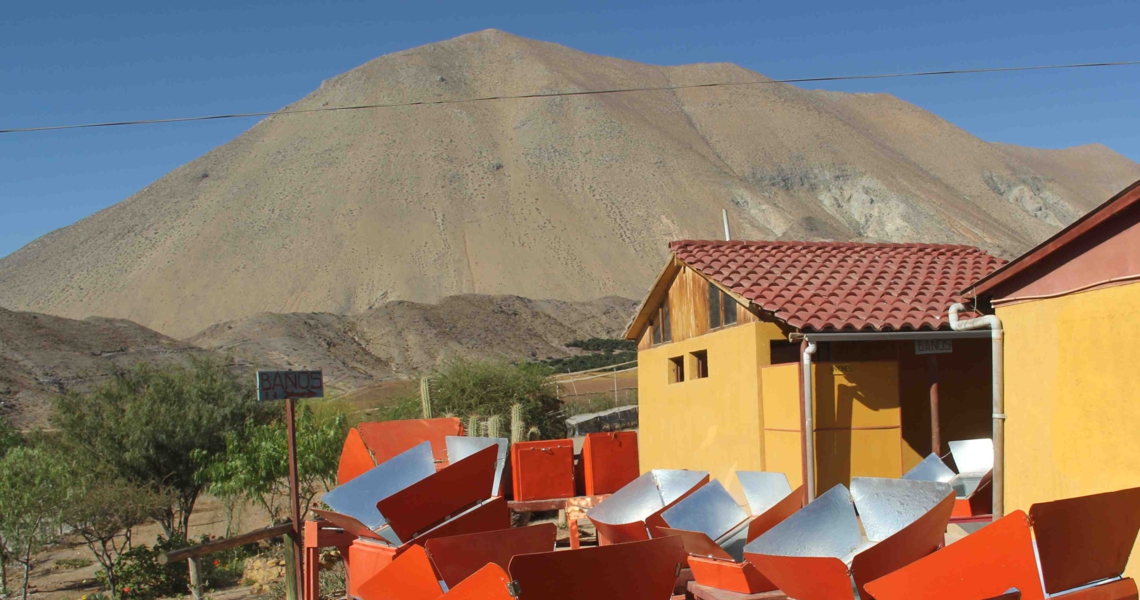
It's not always necessary to choose between marketing and the environment. The little village of Villaseca has used this ideal to succesfully become an obligatory stopover in the tours of discovery of Elqui Valley and its famous pisco. It achieved this by opening, eight years ago, the Restaurante Solar (Solar Restaurant), which offers a traditional menu prepared only using solar energy.
It all began thanks to a $10,000 grant from the United Nations Development Programme (UNDP). This enabled 26 families of the Villaseca municipality to acquire the first 10 ovens necessary for the opening of the restaurant. This cooking method is perfectly suited to this arid, sun-baked region. The only slight snag is that the restaurant can only open at lunchtime, when the sun's rays can be captured.
The solar ovens are made up of a well-insulated case with a reflector and a glass cover into which the sun's rays are directed.
Our curious tastebuds were irresistably drawn to this solar cuisine. During our stay in Vicuña, the main town of the Elqui valley, we took a trip to discover this restaurant, which has since been emulated in the village. We sat down to sample the "menu del dia" (dish of the day) which consisted of a starter, a main course and a dessert, all for 5,000 pesos (€7.80). At lunchtime, the ovens only serve to warm the food, which has been cooked over the morning.
Two hours for bread or beetroots
From 8 a.m., the cooks turn all the ovens to face the sun in order to preheat them for an hour. They are regularly realigned over the morning in order to follow the course of the sun in the sky. When they are well oriented, the solar ovens can reach a temperature of 180 degrees. A regular oven can easily outmatch this, of course, but rice, bread or beetroots can all be prepared in two hours. Main courses such as chicken, beef or lamb take four hours. Anything can be prepared in these ovens - desserts (custards, cakes, fruits), main courses, garnishes, without any effects on the taste. Only the cooking time changes, longer (often doubled) in comparison to a regular oven. Stewed dishes are to be preferred - it's pretty difficult to sauté anything..
We washed down our repast with a copao juice, from the fruit of a wild cactus which grows in the Elqui Valley.
To round off the meal, tea or coffee can be brewed in fifteen minutes on a parabolic solar heater. This consists of a parabolic mirror, upon the centre of which is placed the container of ingredients.
OUR VERDICT
We finished our meal with a smile on our face. It wasn't haute cuisine, but instead flavourful, typically Chilean home cooking. We discovered a unique cooking method which is becoming more and more widespread in Chile and Bolivia. In the arid rural zones, this helps prevent further deforestation by obviating the need for firewood.




